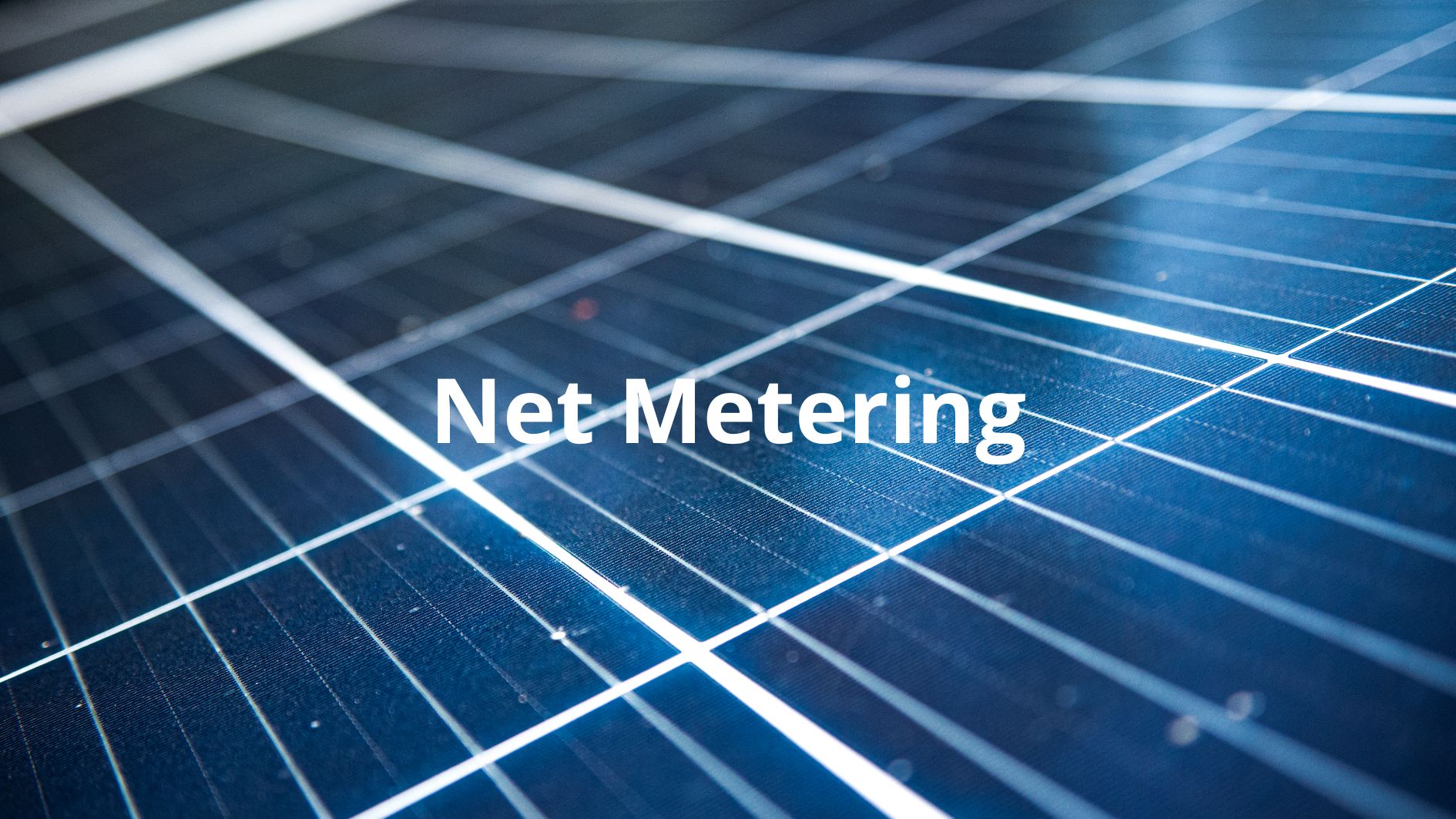Image source: Canva.com
As solar energy continues to gain popularity in Texas, many homeowners are exploring buyback plans offered by utility companies. These plans can significantly affect the financial return on solar investments. This article will provide an overview of buyback plans for Texas solar owners, how they work, and what to consider when evaluating these options.
What Are Buyback Plans?
Buyback plans, often referred to as net metering or feed-in tariffs, allow solar owners to sell excess electricity generated by their solar panels back to the grid. When your solar system produces more energy than you use, the surplus is fed back into the utility’s power network. In return, the utility credits your account or pays you for the excess energy. This arrangement can help offset your energy bills and improve the overall return on your solar investment.

Net Metering: Your Guide to Solar Energy Billing
Types of Buyback Plans in Texas
Net Metering
While Texas does not have a statewide net metering policy, many electric cooperatives and municipal utilities offer net metering arrangements. Under this system, you receive credits for the electricity you send back to the grid, typically at the retail rate. This means that for every kilowatt-hour (kWh) you generate and send back, you can offset the same amount from your future utility bills.
Feed-In Tariffs (FiTs)
Feed-in tariffs are agreements where utilities pay solar owners a fixed rate for each kWh of energy produced and sent to the grid. These rates can vary widely depending on the utility and the specific contract terms. FiTs can provide more predictable income, especially if the rate is higher than the market rate for electricity.
Power Purchase Agreements (PPAs)
In some cases, solar companies offer power purchase agreements, where homeowners pay for the energy generated by their solar panels at a set price per kWh. While this doesn’t directly involve selling excess energy back to the grid, it allows homeowners to lock in lower energy rates, thereby reducing overall electricity costs.
Benefits of Buyback Plans

Cost Savings
Buyback plans can lead to significant savings on energy bills. By receiving credits or payments for excess energy, homeowners can offset their monthly electricity costs and improve the return on their solar investment.
Increased Property Value
Having a solar energy system can enhance property value, especially when paired with a favorable buyback plan. Potential buyers may be attracted to homes with solar systems that have established agreements for selling excess energy.
Environmental Impact
By participating in buyback plans, solar owners contribute to the growth of renewable energy in Texas. The more homeowners that install solar, the greater the collective reduction in carbon emissions and reliance on fossil fuels.
Considerations for Texas Solar Owners

Utility Policies
Since Texas does not have a universal net metering policy, it’s crucial for solar owners to check their specific utility policies regarding buyback plans. Rates, terms, and conditions can vary widely among different providers.

Contract Terms
When entering a buyback agreement, carefully review the contract terms. Look for details on the buyback rate, duration of the agreement, and any potential fees. Understanding these elements can help avoid surprises down the road.

System Sizing
Consider properly sizing your solar energy system to maximize the benefits from buyback plans. A system that generates more energy than you use can lead to higher savings, but ensure it’s optimized for your consumption needs to avoid unnecessary costs.

Future Rate Changes
Based on market conditions, regulatory changes, or utility company policies, utility buyback rates may change over time. It’s important to stay informed about potential changes that could affect your buyback agreement.
Buyback plans for Texas solar owners present an excellent opportunity to maximize savings and promote renewable energy use. By understanding the various types of buyback arrangements, benefits, and key considerations, homeowners can make informed decisions that align with their energy goals. As solar technology continues to advance and the market evolves, participating in these programs can lead to both economic and environmental benefits.





